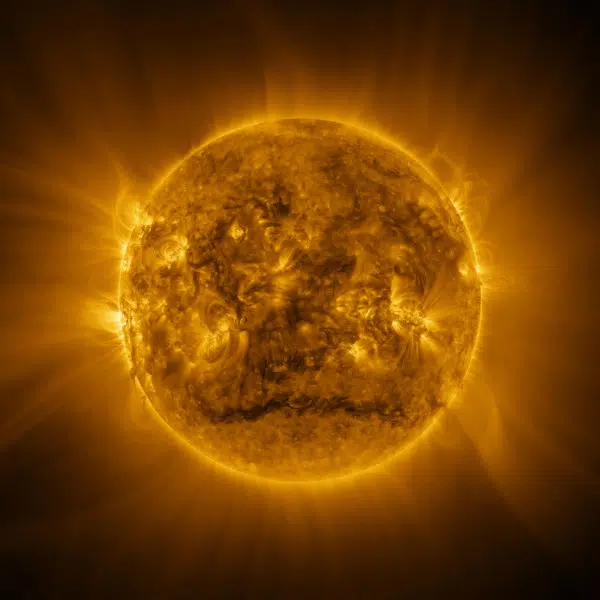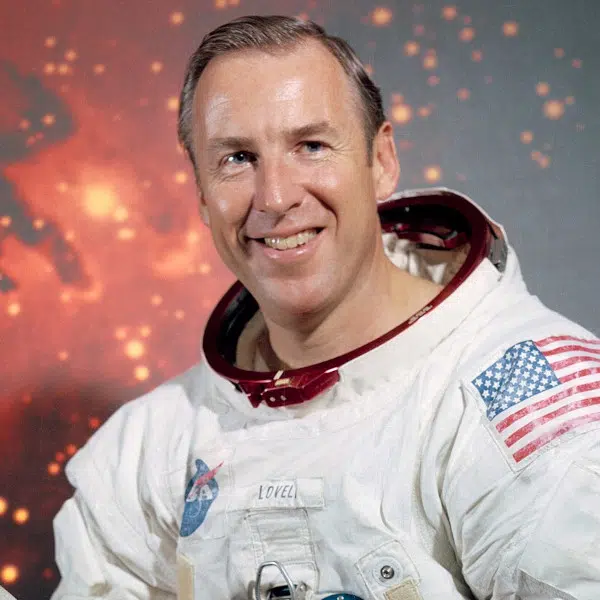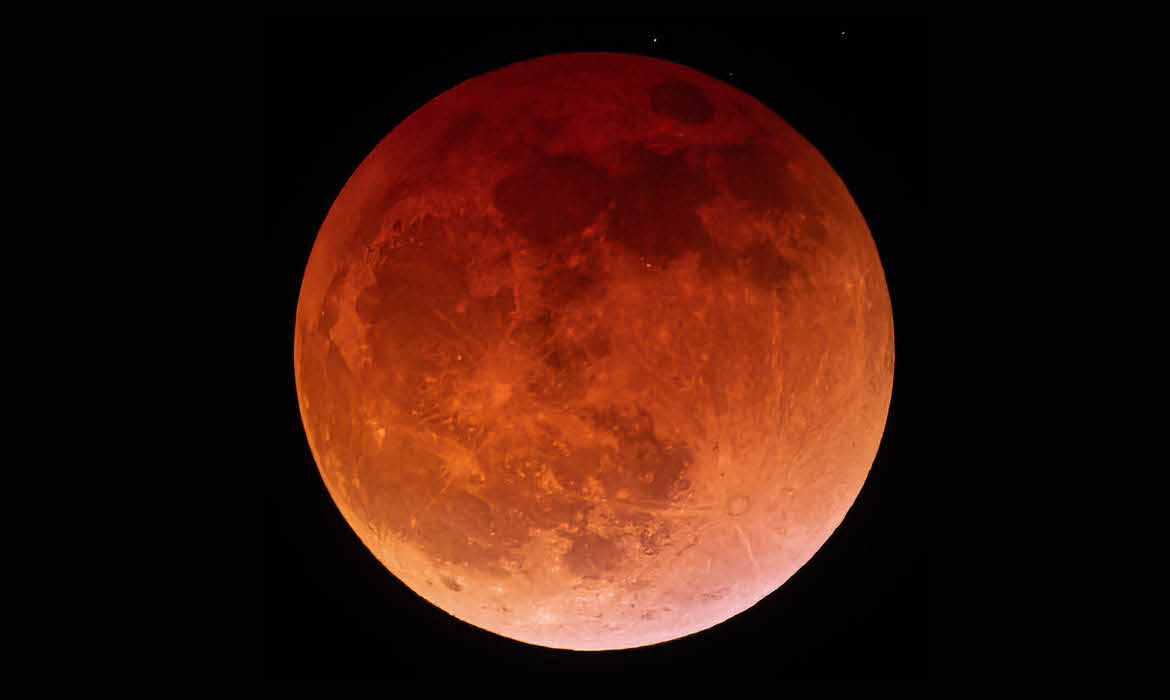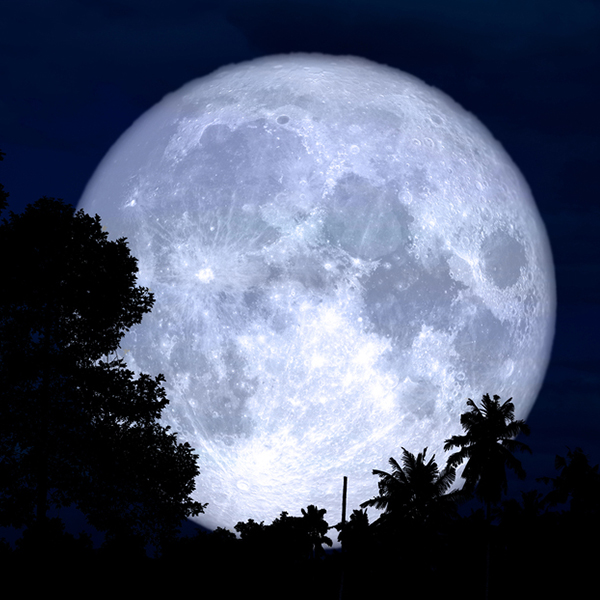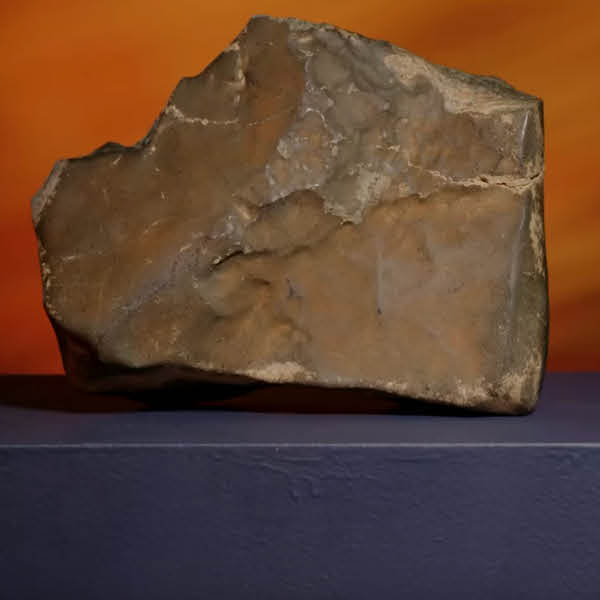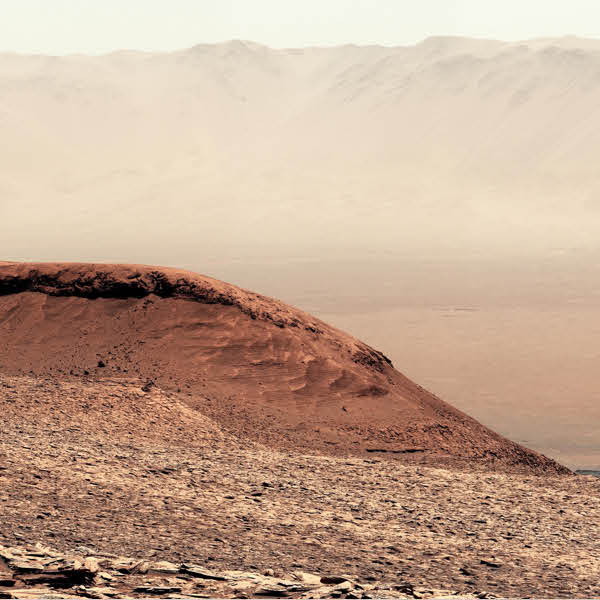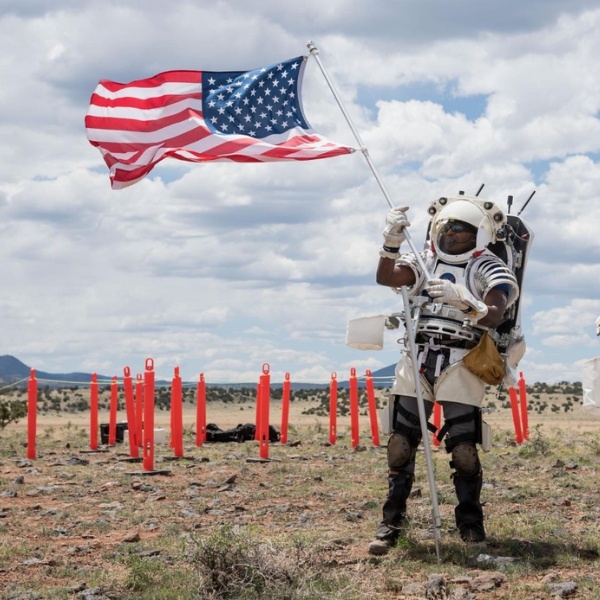Astronaut Jonny Kim Returns to Earth After 245 Days Aboard the International Space Station
Astronaut Jonny Kim has returned to Earth after 245 days aboard the International Space Station. He, along with Russian Cosmonauts Sergey Ryzhikov and Alexey Zubritsky, landed safely in Kazakhstan before he was flown to NASA’s Johnson Space Center in Houston. During his time in space, Kim served as Expedition 72/73 flight engineer and conducted several scientific experiments.


